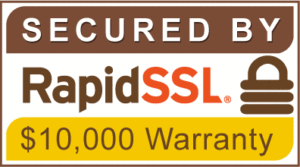
Content is king, but kings need subjects too. In this article, we will dive into some on-page content optimization you can do that supplement the high-quality valuable content you provide. These not only help search engines like Google understand better the type of content you create, but also make it easier for the searcher to find your content and, overall, make it a better experience for them.
Header Tags
Header tags, also known as heading tags, are an HTML code to indicate title and subtitles or subheadings on a webpage. This is what a level 1 header tag looks like: <h1>Given Title</h1>
These tags are separated into a hierarchy of H1-H6. It’s helpful to view these tags like you would an outline for an essay where you have your title subtitle, headings, subheadings and so on. The H1 tag is the most important as it is intended to represent the title of the content on a page. H2 tags comprise the subtitles or main sections of the content on your page. H3-H6 are subheadings within those main sections that get more specific than the previous and descend in order of importance.
H1 tags signify the main topic for a whole page. You can only have one H1 tag per page, so it’s recommended that this is where you place your main keywords or terms. As far as H2-H6 tags are concerned, you do not need to use them all. However, you can use as many of one tag as you like. We recommend you use them only as long as they are relevant to breaking up the content. This way, search engines and users can easily find the information. That means limiting each text block in between headings to about 300 words.
The information and structure of your headings are a minor ranking signal. This means that they alone will not launch your page up the ranks. This is why it’s important to write your header tags with the searcher in mind first, instead of gaming the search engine with unnatural “SEO-baiting” phrasing.
Title Tags
Title tags are HTML codes that define the title of a web page. While title tags and H1 tags are similar, the difference is that title tags show up on search engine results pages, browser tabs, and when sharing the page link. They look like this: <title>Given Title</title>
Title tags hold a lot of importance because this is usually the first thing that searchers see. Because your title tag lets search engines and users know about the content on your page, it should be both attention-grabbing and informative at the same time.
Some best practices for creating a title tag:
- Have your main keyword or phrase in your title clarify your content for both searcher and search engine. Don’t bloat your title with keywords, though.
- Ideally, keep your title within 50–60 characters. Any title tag longer than that will be followed by an ellipsis (…). Exercise brevity without compromising clarity or readability.
- Place important words near the beginning of your title. (You can place your brand name in your title for better brand awareness or recognition. This is actually commonly recommended by white label branding services.)
- Make sure the title is unique enough from other titles of similar content.
Note: Google may rewrite title tags that they view as poorly optimized, which can impact your CTR. This is why it’s important to follow best practices when writing title tags.
Meta Descriptions
Meta descriptions are HTML tags that are a summary of the content on a web page. This shows up as a block of text on SERPs under the URL and page title. These tags look like this: <meta name=”description”content=”Meta Description.”/>
Google can also change the meta description to one that is more relevant to certain searches. However, you should still write your own default meta descriptions for each page.
Some best practices for creating a meta description:
- Similar to title tags, you want your meta description to capture the essence of your content. These descriptions need to contain relevant information from your content; at least enough to give users a taste and make them want to click through to your page.
- The ideal length for a meta description is 150–300 characters. Some higher ranking pages on certain SERPs have been known to have longer ones, however.
Redirection
If you ever decide to remove or relocate a page, make sure you are updating or redirecting those links properly. It can be frustrating to click on a link that leads nowhere.
Updating links is ideally better than redirecting, however if you decide to redirect, use as few redirect chains as possible. Google advises less than 3 chains.
[bctt tweet=”The rule of thumb is that links that exist within the body of content on your page are more accessible and more likely to get indexed than links that exist elsewhere on a page.” username=”ThatCompanycom”]Internal Links
These are links to other pages on your site.
Benefits of internal linking:
- Search engine crawlers can find your pages.
- Link equity or “link juice” can be passed to your other pages.
- Searchers have an easier time navigating to other pages within your site.
Good internal linking tactics:
 Anchor text
Anchor text
You can think of anchor text as the alternative title for hyperlinks. Hyperlinks without anchor text are long and unnatural, so anchor text allows for the link to remain without disrupting how the content reads. The way anchor text is written also informs Google and other search engines about what the content of the linked page is about. Make sure, though, not to put too many internal links like these or bloat them with keywords. If you do that, your content might be tagged by Google as a manipulative SEO tactic. If you want to make sure you’re in the clear, have your content reviewed by private label SEO experts.
Link accessibility
The rule of thumb is that links that exist within the body of content on your page are more accessible and more likely to get indexed than links that exist elsewhere on a page, like through a navigation dashboard or on a sidebar.
Link volume
While having an inordinate number of links on a page won’t get you penalized, Google does recommend in their General Webmaster Guidelines that you provide a reasonable number of links on a page. In other words, don’t go overboard. Google will permit up to a few thousand links on a single page, but remember that this number will affect how Google finds and ranks the page.
You also enjoy two additional major benefits when you limit the number of internal links you have on a page. One, you allow each link to maintain a greater share of authority to pass from that page to the destination. Two, fewer links makes your content easier to read. Overpopulating your pages with internal links can look unnatural and overstimulating, which could deter users from clicking on them. These can also make your content look more like an ad for your site rather than substantial, valuable information.
Image Optimization
We recommend the following basic image optimization tips to prevent slow web page loading times:
Sizing
Ensure images have the correct dimensions before exporting.
Formatting
Carefully select your image formats. Some popular image formats include:
- GIF – animated images
- JPEG – for images that don’t require a good resolution
- PNG – for high resolution
- PNG-24 – for images with more colors
- PNG-8 – for images with fewer colors
Google’s image optimization guide can assist you with your image formatting questions and other needs.
Compression
You can choose from multiple methods to compress your images, including the use of image compressors. You can also use tools that further optimize images as well as thumbnails.
Submit an image sitemap
An image sitemap is basically a list of the URLs of all the images you used on your page. When you submit an image sitemap, it makes it easier for Google to index your site. This can be done via your Google Search Console account.
Alt text
Alt text or alternative text describes the content of images for the visually impaired. We think you should always include alt text for your images. For one thing, it’s part of web accessibility, which is about making the internet more inclusive for all. Also, alt text is crawlable, and actually gives search engines more information about your images. Make sure the text is natural and not manipulative to the web crawler, though.
White label digital marketing companies like ourselves can help navigate the various SEO, SEM, and SMM needs of businesses, both big and small.

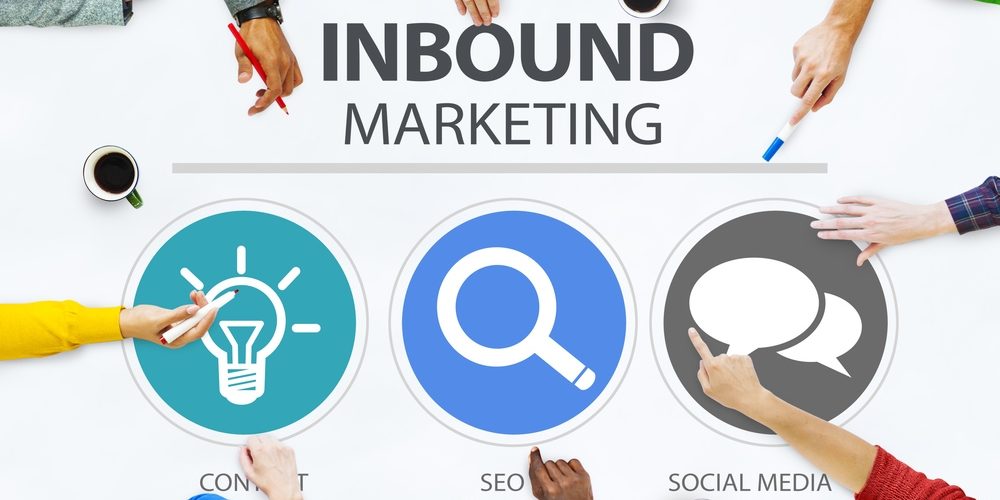




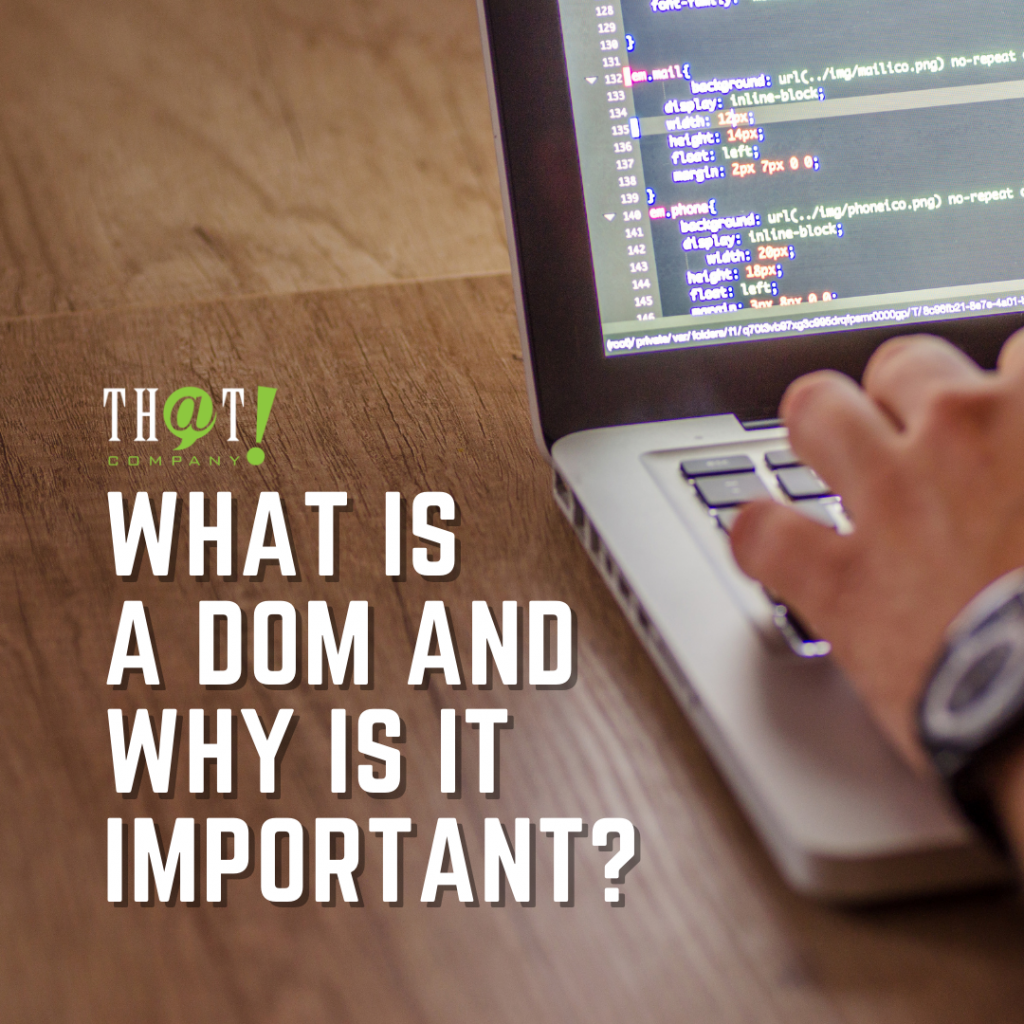



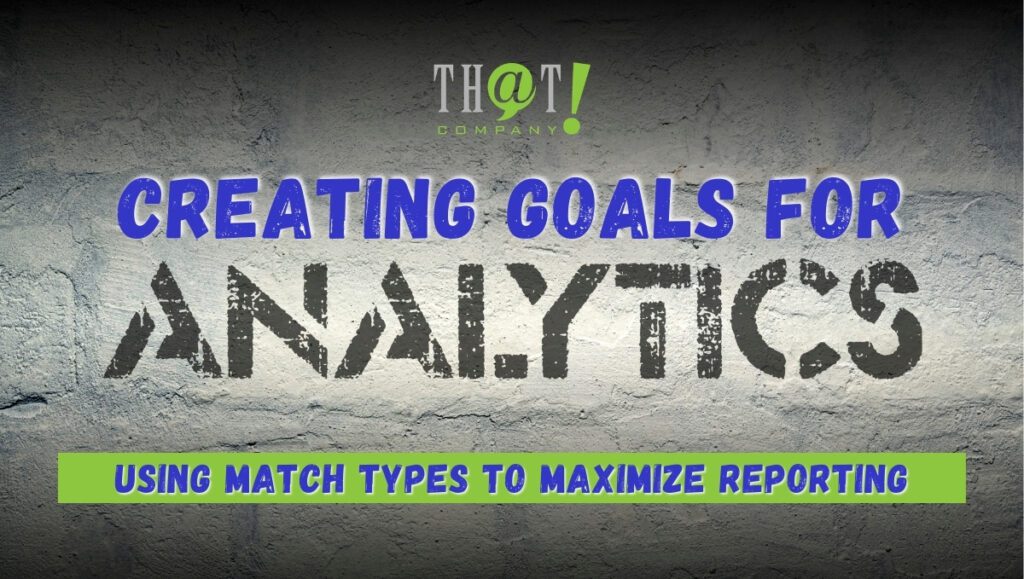


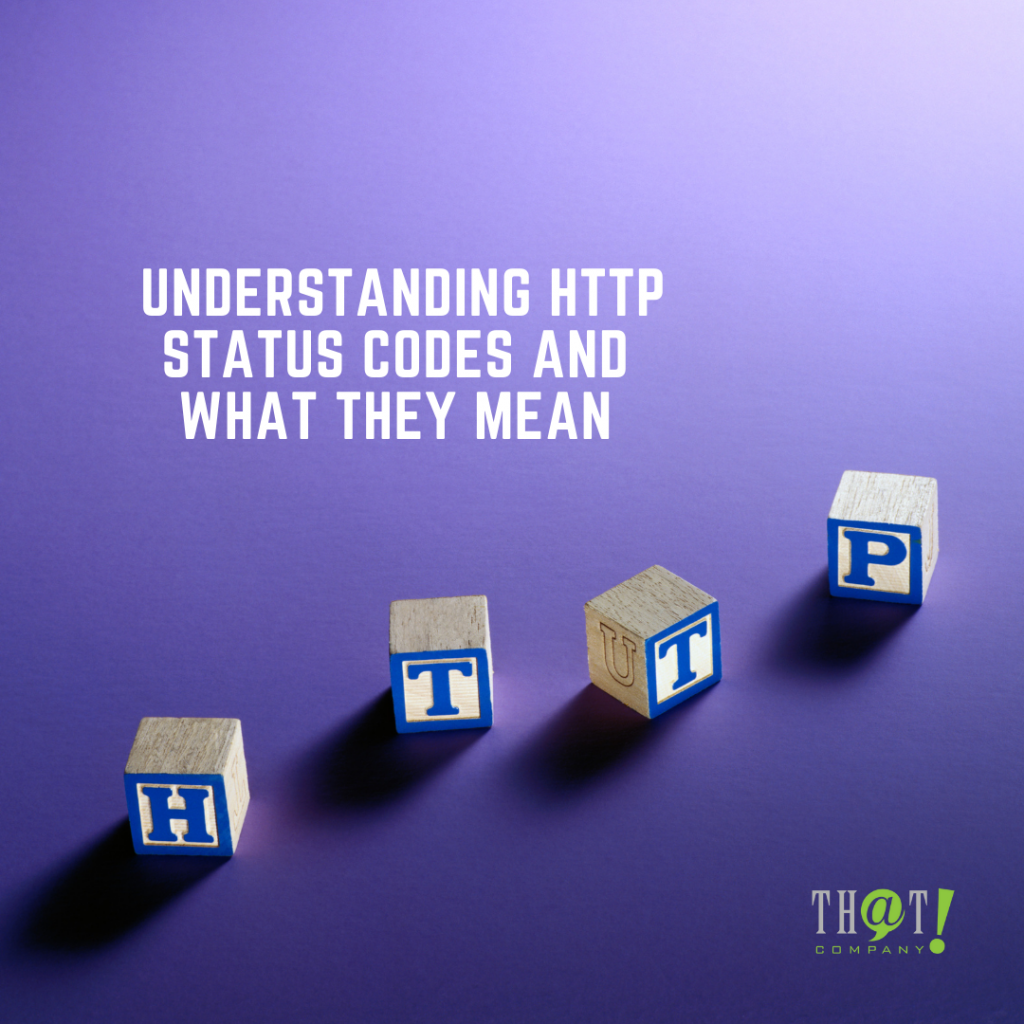
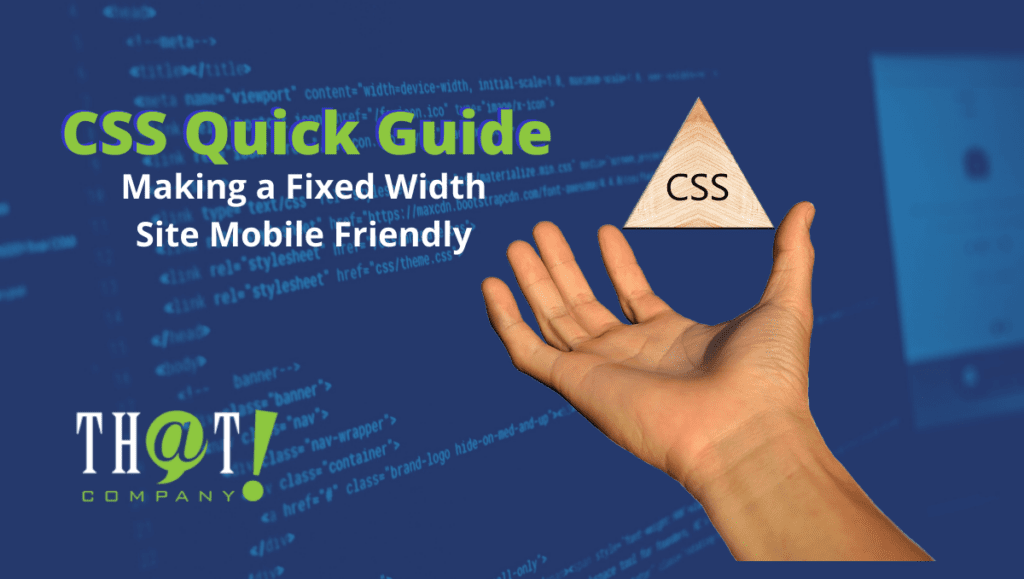
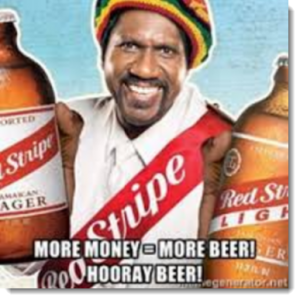


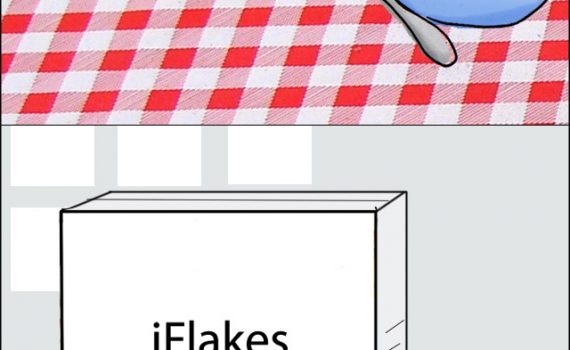
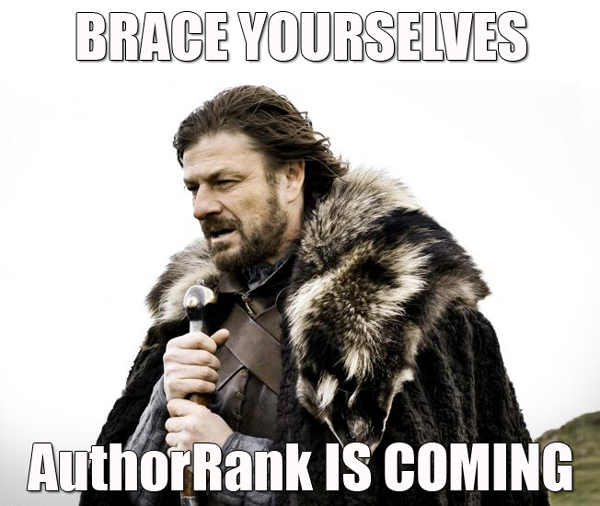
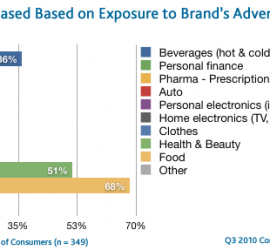
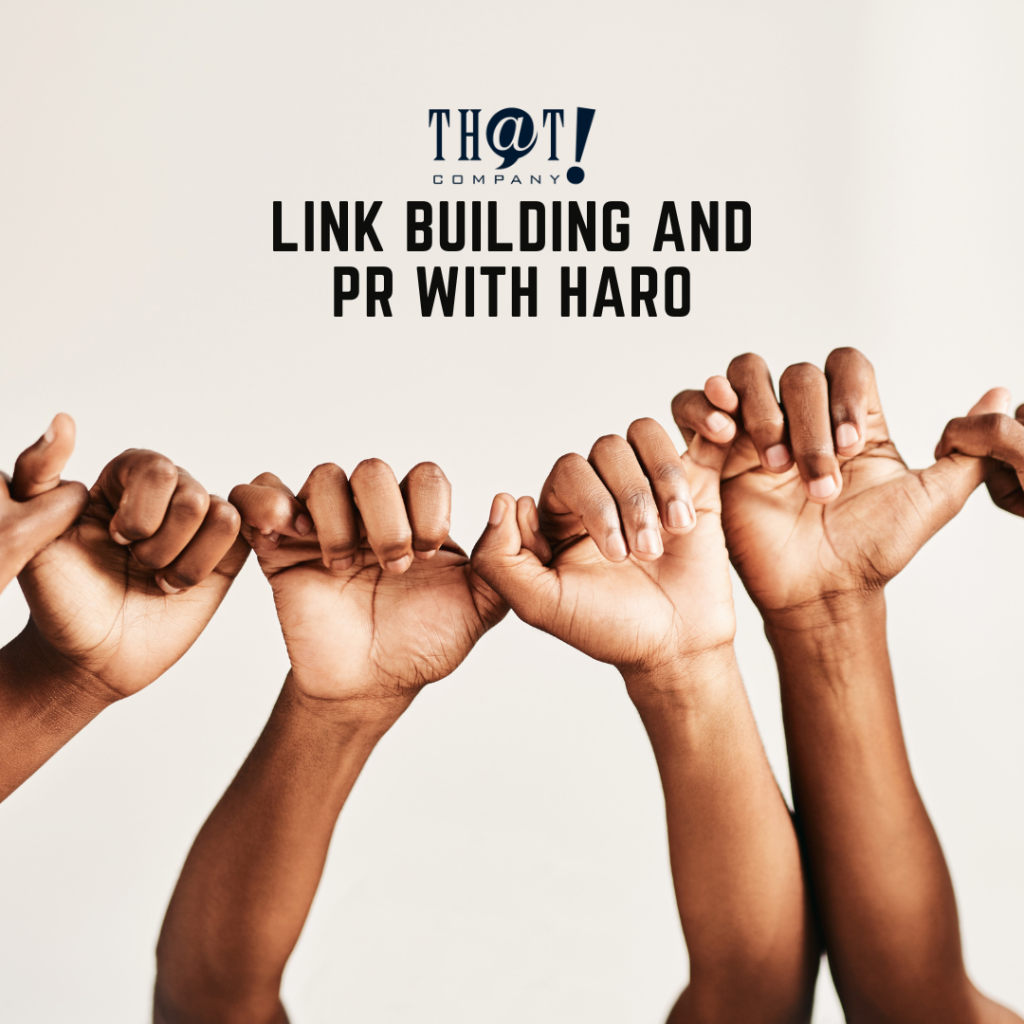
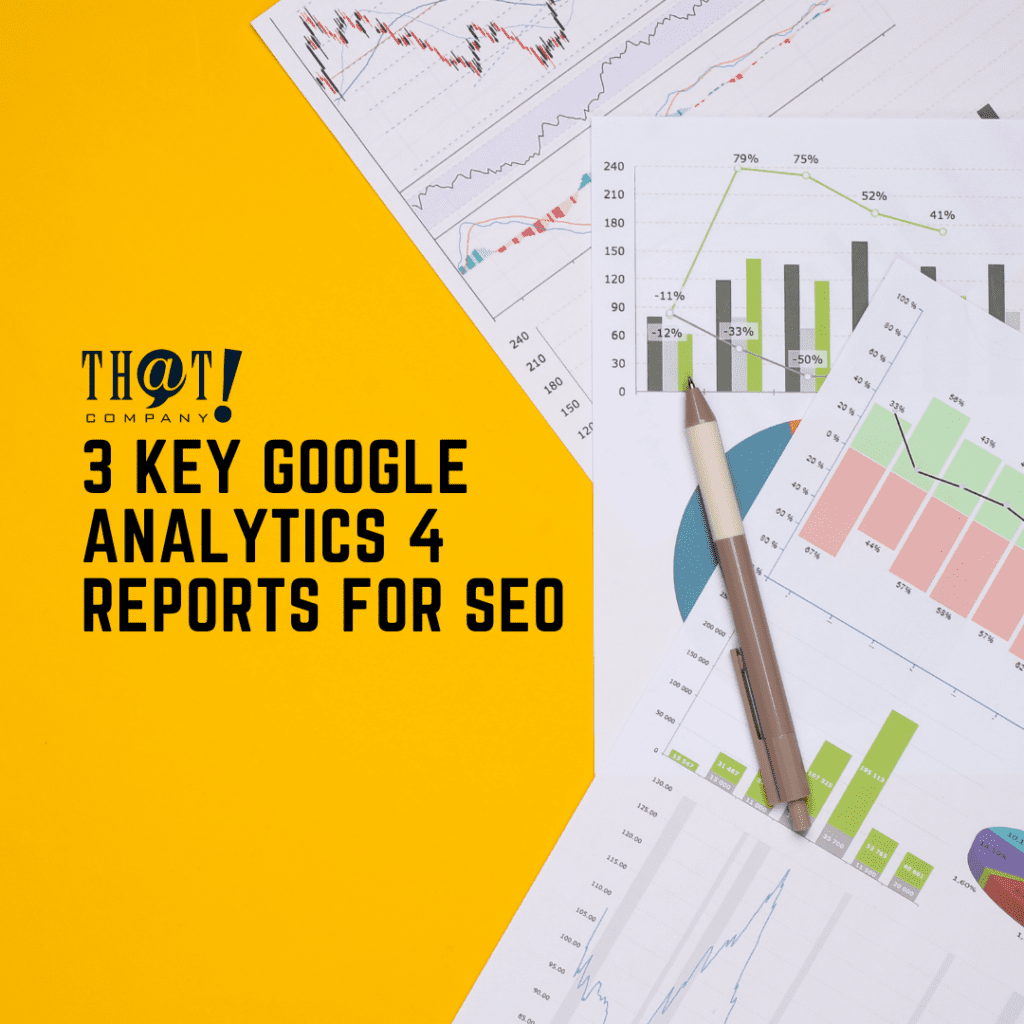

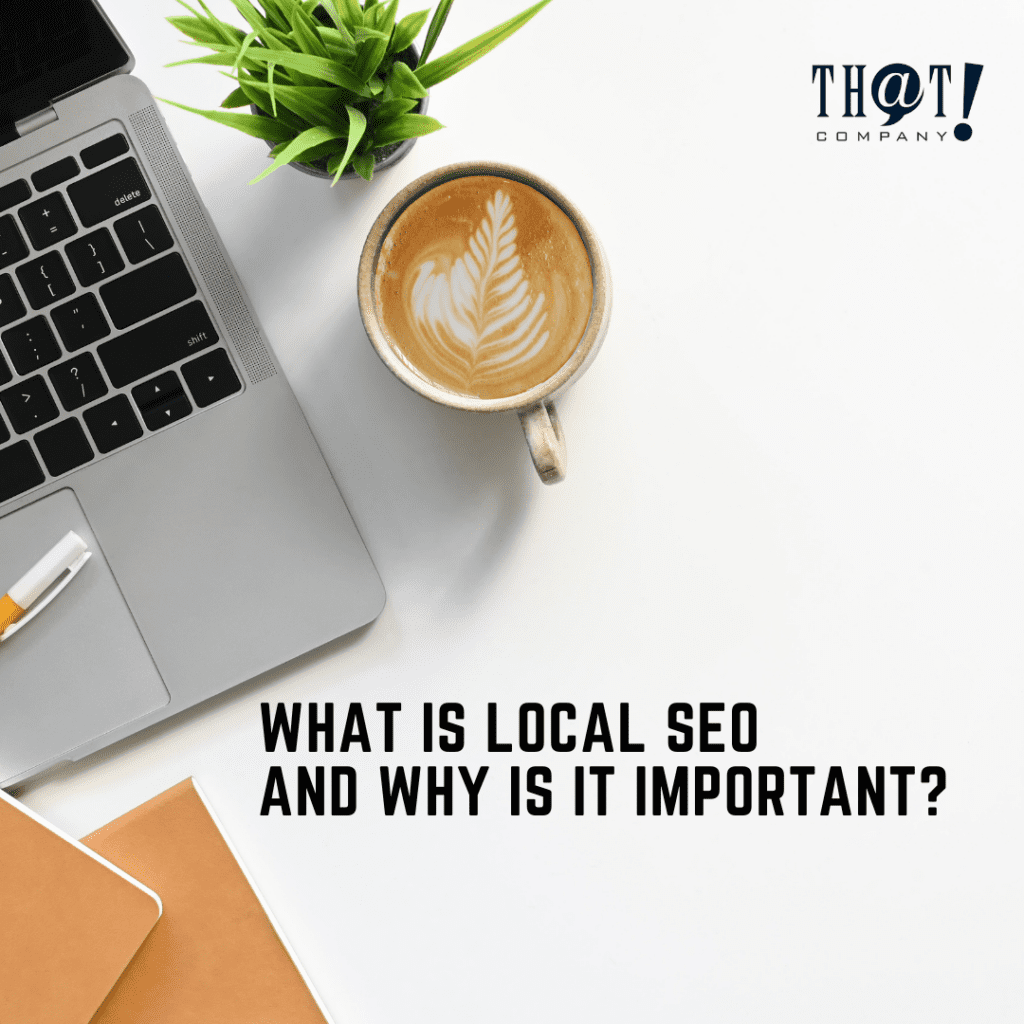
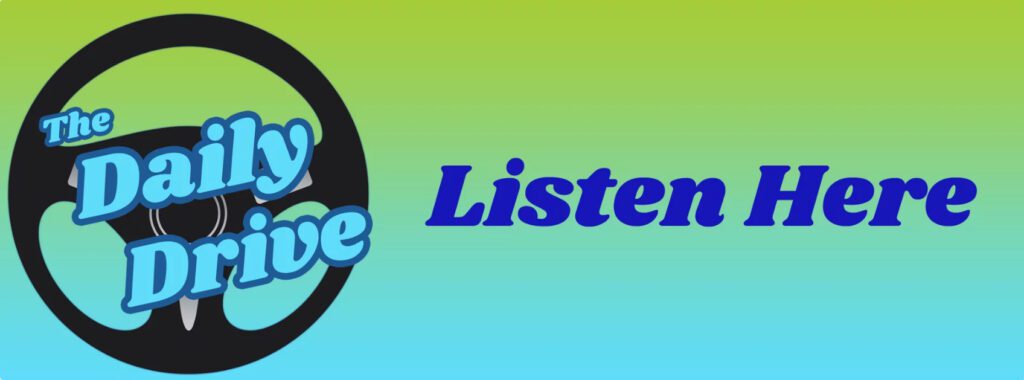
 Talk With Us
Talk With Us  Give Some Love
Give Some Love 
